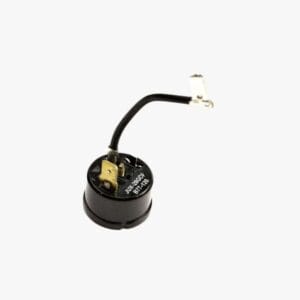Apply For
SEER Savings Calculator

How Much Can You Save by Upgrading to a Higher Efficiency Air Conditioner?
SEER stands for Seasonal Energy Efficiency Ratio. Every air conditioner or heat pump has a SEER rating. The higher the number, the less electricity the air conditioner uses.
As of January 1, 2023, SEER2 has replaced SEER as the rating system for AC efficiency. All new air conditioner models manufactured from 2023 on will have a SEER2 rating.
The SEER Savings calculator can help you answer the following questions:
- How much can I save by upgrading to a higher efficiency air conditioner?
- What is the difference in energy costs between a 14 SEER and an 18 SEER2 air conditioner?
- How much am I likely paying right now in electricity for my current air conditioner?
Find out instantly by using the SEER Savings Calculator!
SEER Savings Calculator
15 SEER VS 20 SEER2 on a 3 Ton Air Conditioner*
Made by zamzam.dev
How Does the SEER Savigs Calculator Work?
The SEER savings calculator primary purpose is to help you compare the cooling costs of two air conditioners or heat pumps by using their SEER/SEER2 ratings, and to estimate your annual savings.
First, the calculator estimates your annual home cooling costs based on four factors:
- the SEER rating of your current air conditioner (learn how to find your AC’s SEER rating),
- Your air conditioner’s size (in tons),
- the cost of electricity per kilowatt-hour (Kwh) in your state, and
- the annual cooling hours for your location (estimated with weather data from ASHRAE, 2017).

Next, the calculator compares your home’s estimated annual cooling costs with the cooling costs of a higher efficiency air conditioner.
Then, you can see how much an AC with a higher SEER2 rating could save you per year in cooling costs. The air conditioner energy calculator also displays your projected cumulative savings over a 1-year, 5-year, 10-year and a 15-year period. In most cases, the potential savings are pretty amazing!
What is SEER and SEER2 Ratings?
SEER is the rating system for air conditioner and heat pump energy efficiency. It stands for Seasonal Energy Efficiency Ratio. The higher the number, the less electricity the air conditioner or heat pump consumes.
SEER2 is the upgraded version of SEER. SEER2 became the new standard energy efficiency rating system for air conditioners and heat pumps on January 1, 2023. All new air conditioner models manufactured from 2023 on will carry a SEER2 rating.
How are SEER and SEER2 Ratings Calculated?
SEER is calculated in the following way:
The total amount of heat removed from a home during a typical annual cooling season (expressed in British thermal units (BTU1)
divided by
The total electrical energy the air conditioner or heat pump system used during the same cooling season (expressed in watt-hours (Wh))2.
SEER2 uses this same calculation as SEER. The difference between SEER and SEER2 ratings lies in the testing procedures.
Each air conditioner must undergo testing to determine its efficiency rating. On January 1, 2023, new testing requirements came into effect, which include some adjustments to account for actual field conditions. For instance, manufacturers are now required to test air conditioners and heat pumps under higher external static pressure.
The result is a more accurate representation of a unit’s energy consumption in the real world. However, the SEER rating a unit achieves under the new testing procedures is approximately 4.5% lower than the rating it would have received under the old testing requirements. To differentiate units tested under the old and new requirements, the new efficiency rating is referred to as SEER2.
Comparing SEER and SEER2 is a bit like comparing apples and oranges. However, a SEER2-rated system is roughly 4.71% more efficient than a SEER system with the same rating number. To test this out on the SEER Savings Calculator, try setting the SEER and SEER2 sliders so the number on both sliders is the same. (The resulting energy cost savings estimates will round up to the next whole percentage point.)













